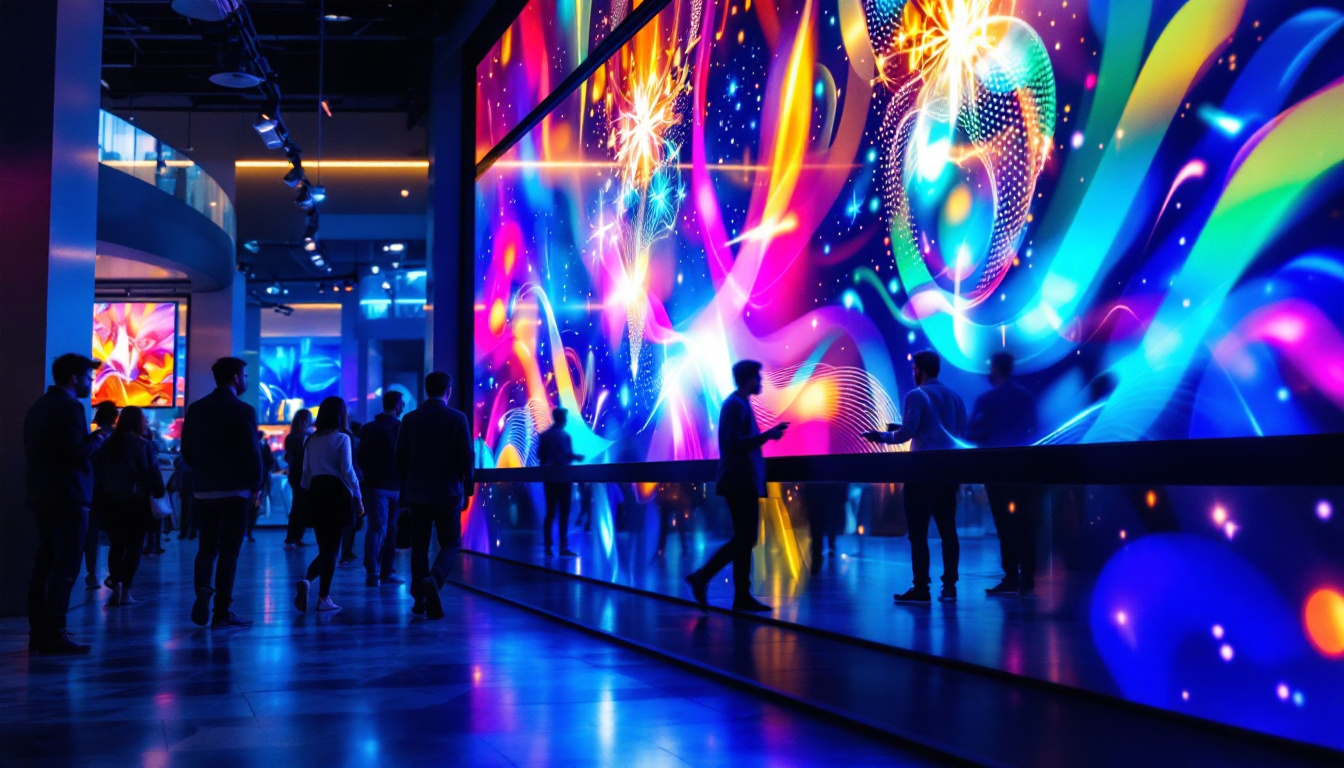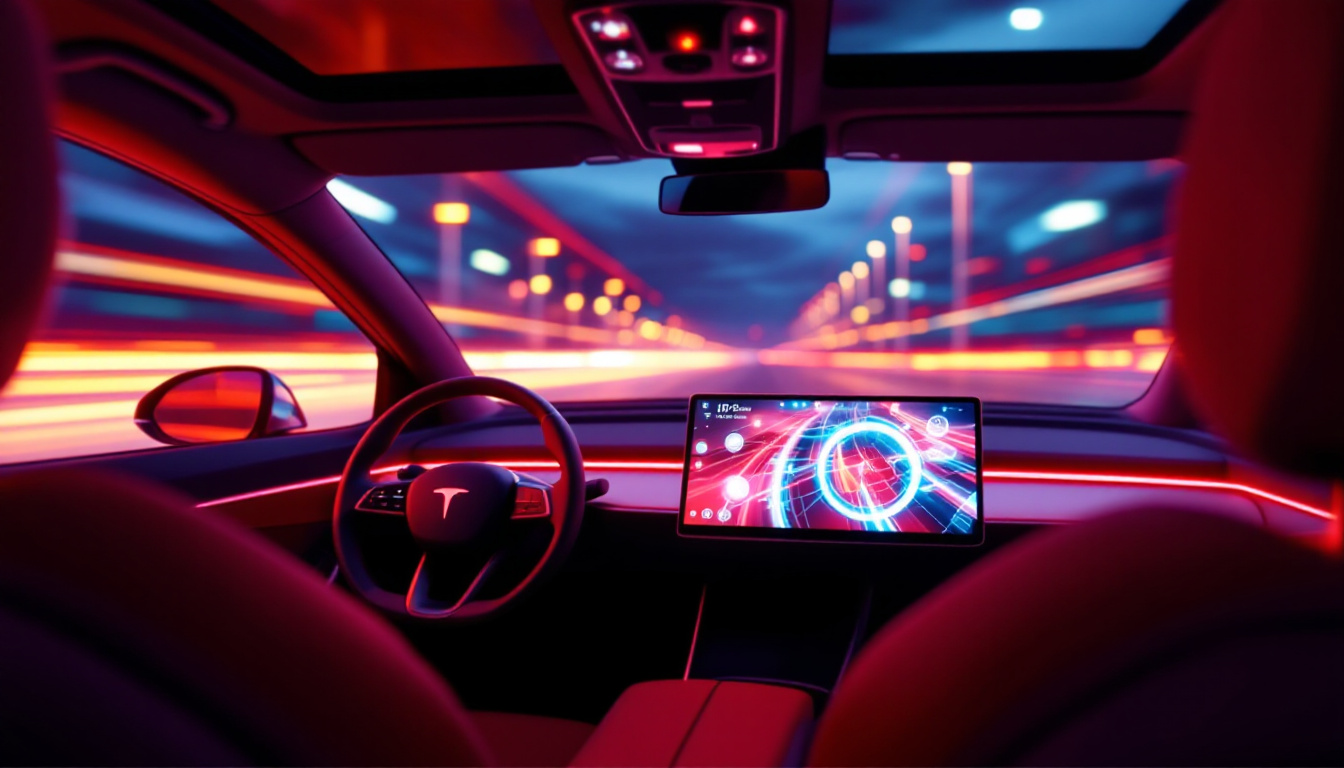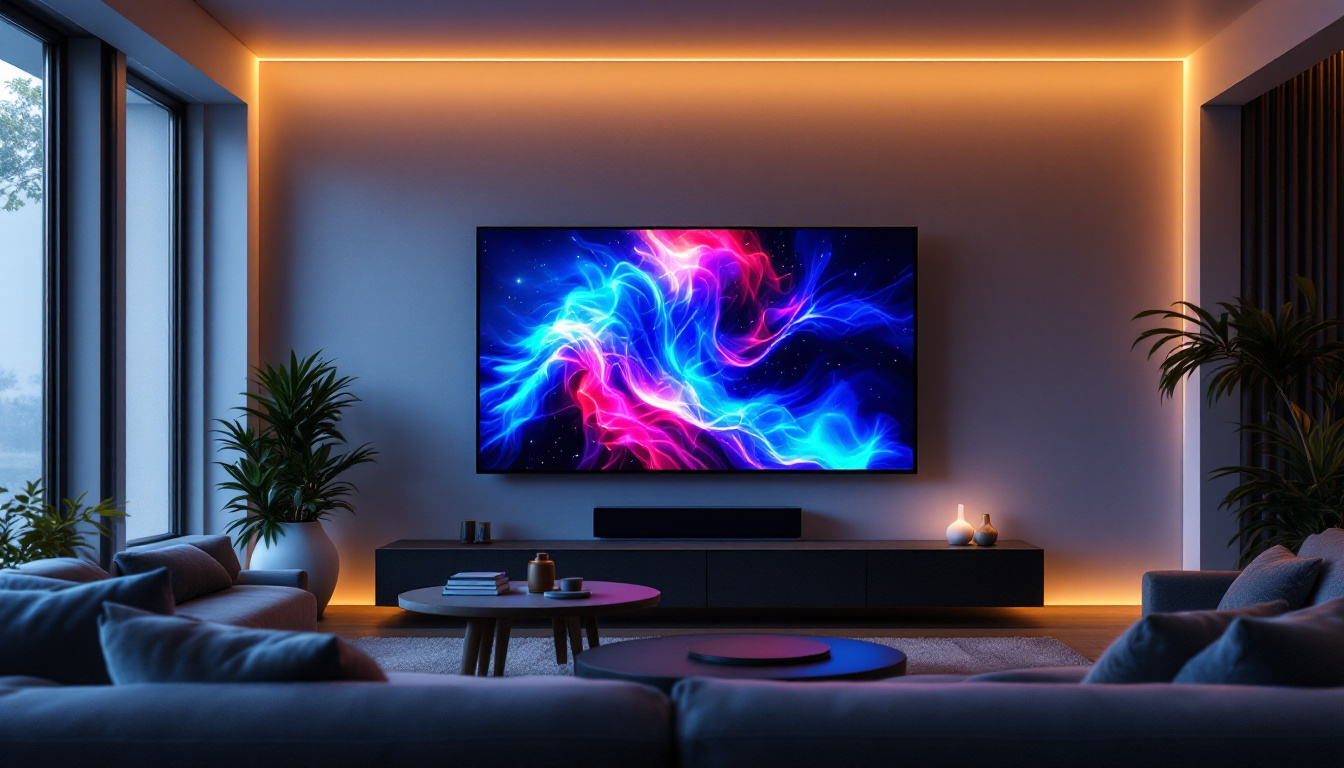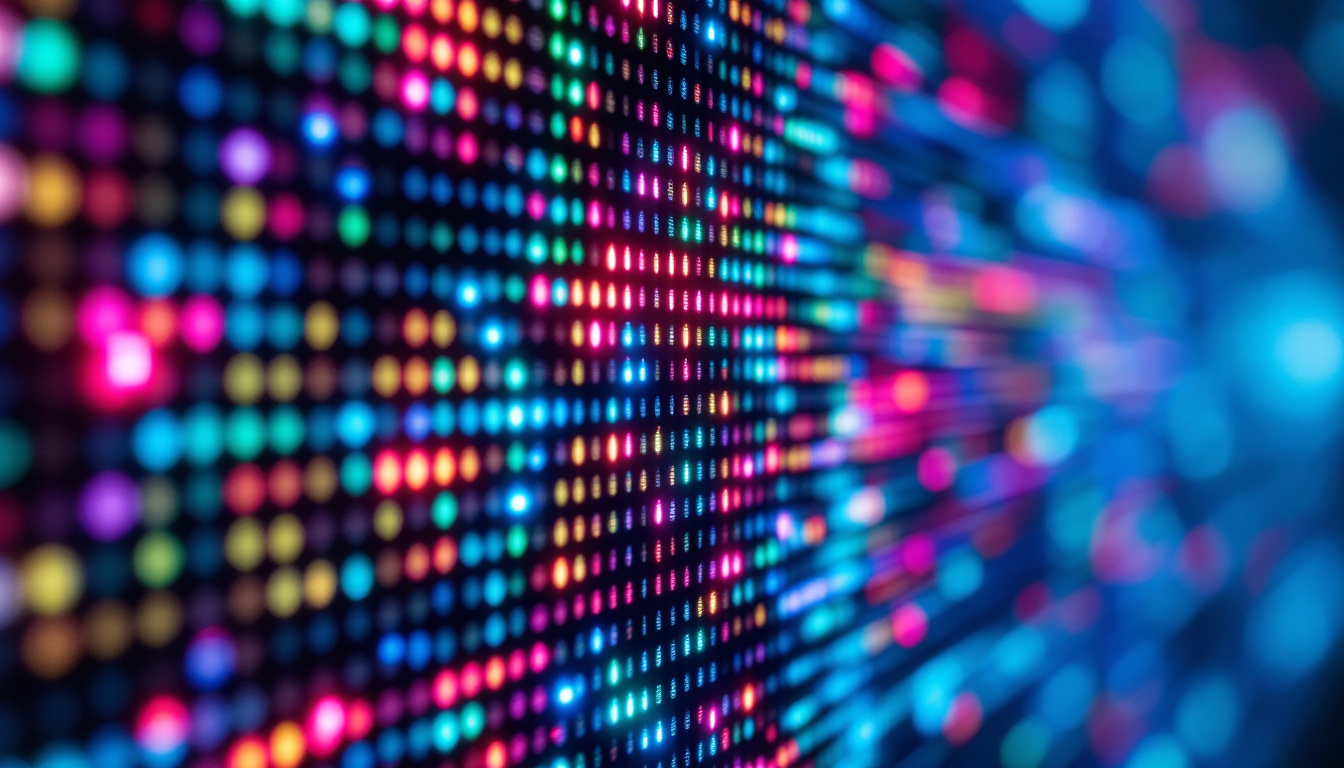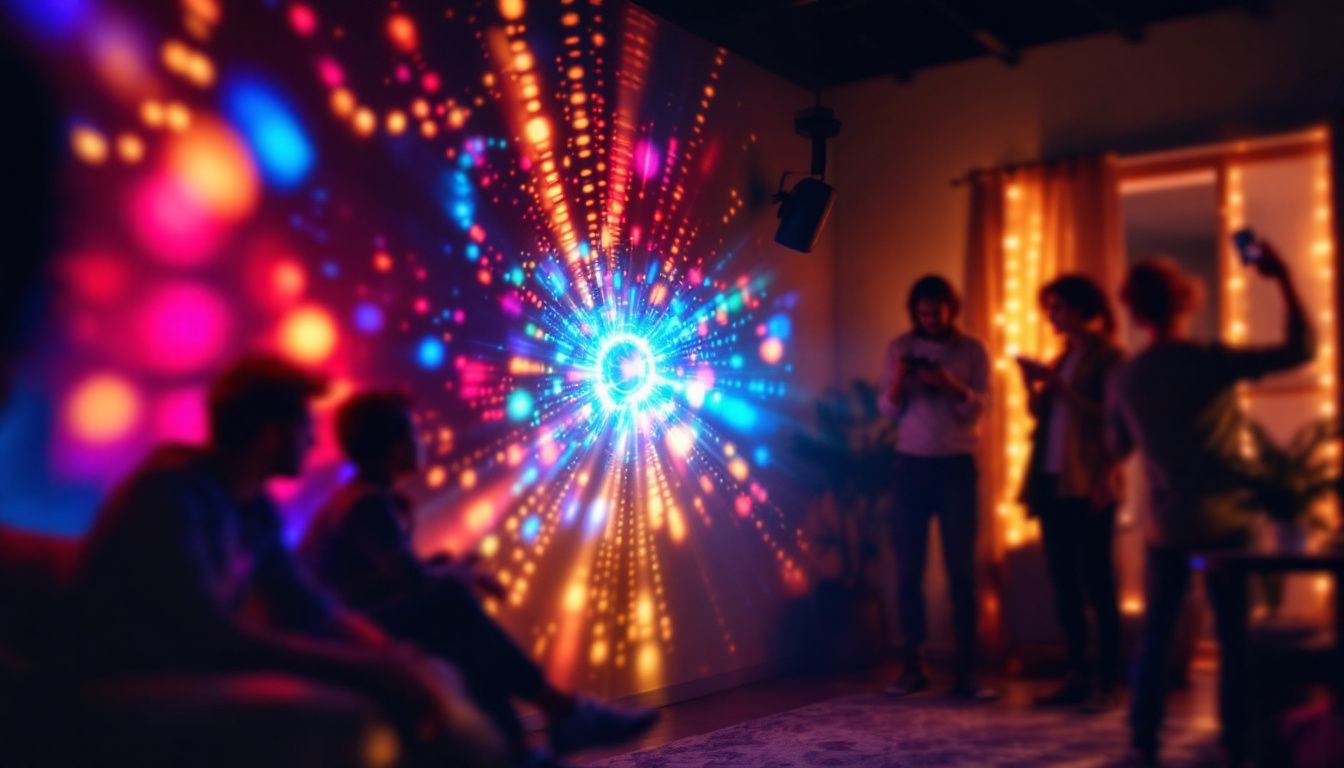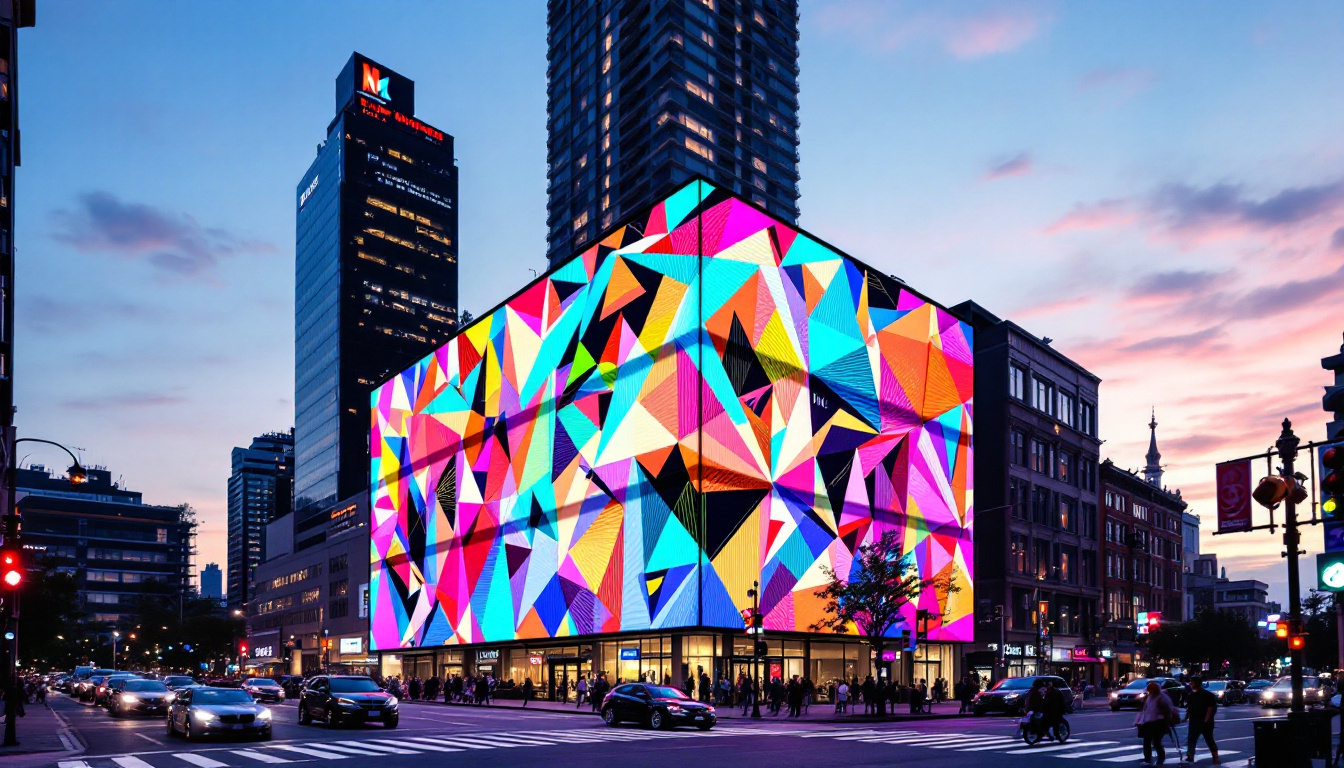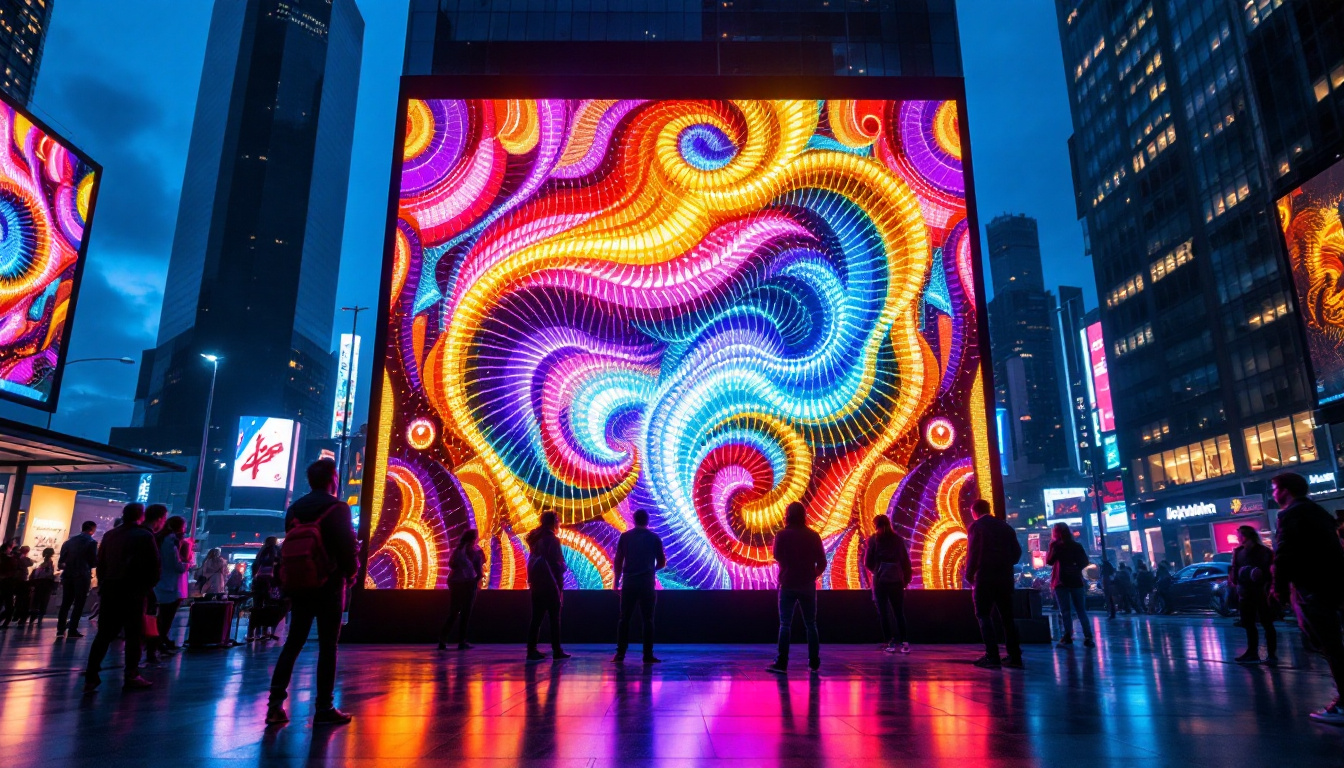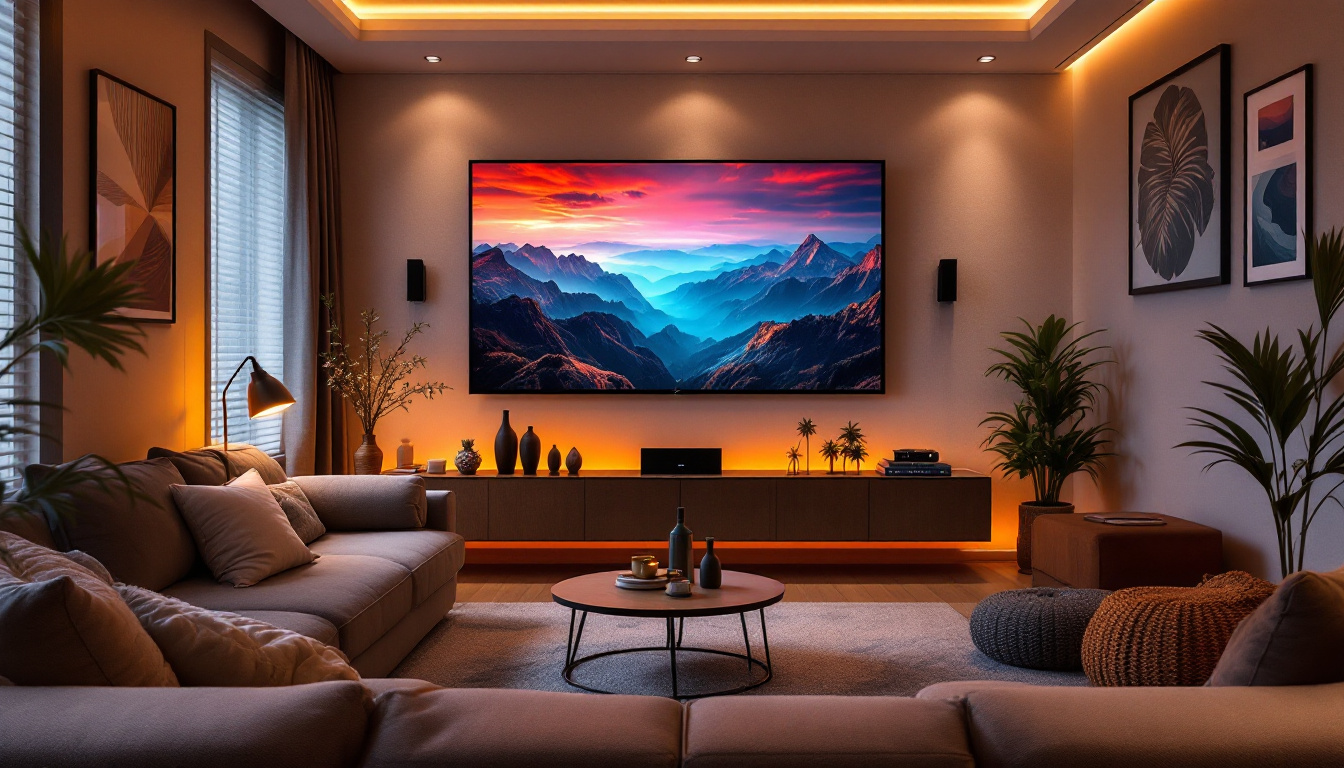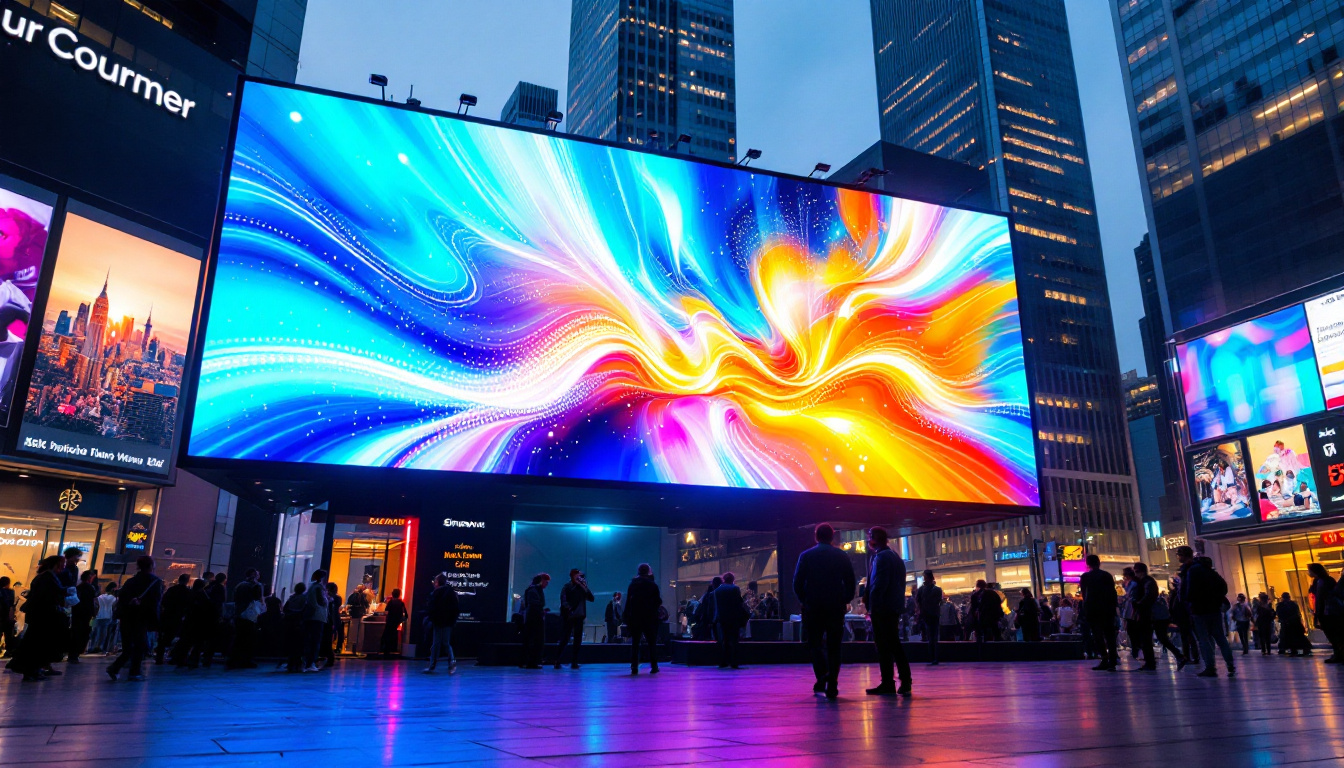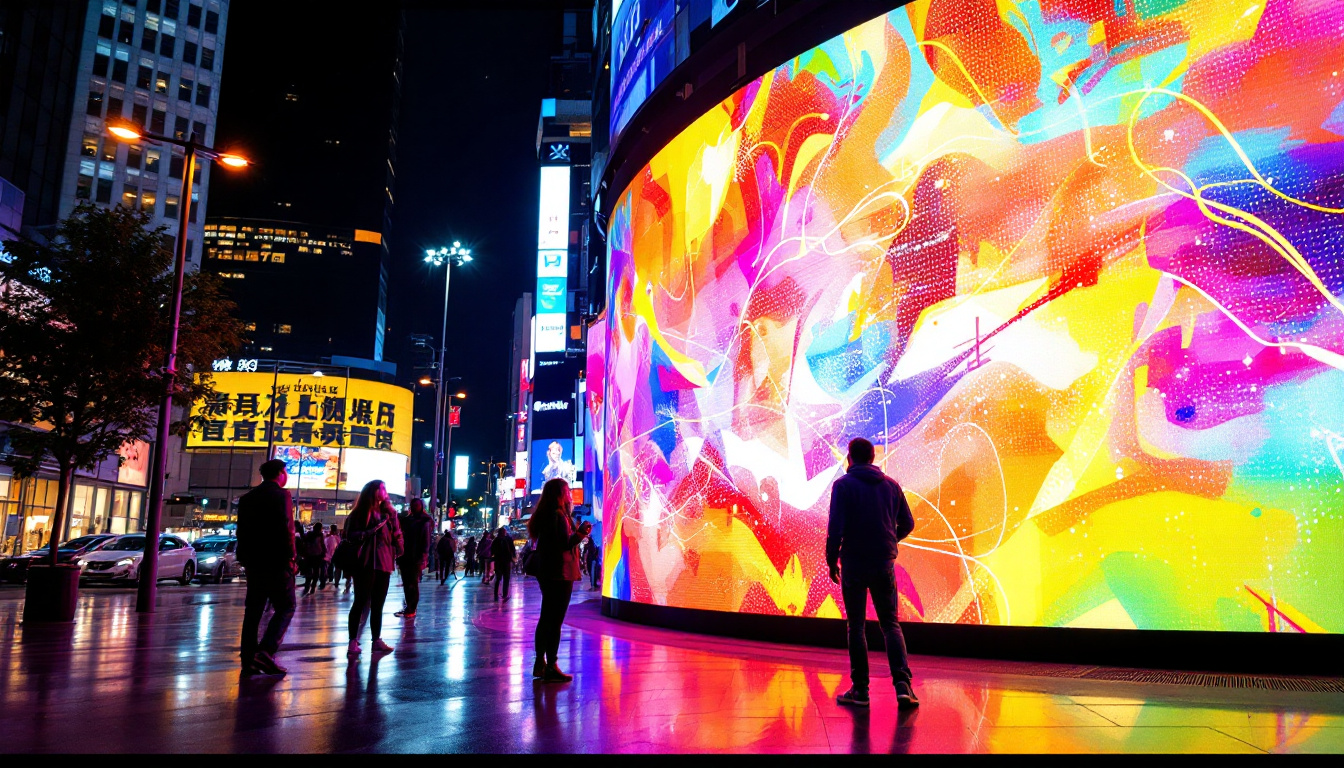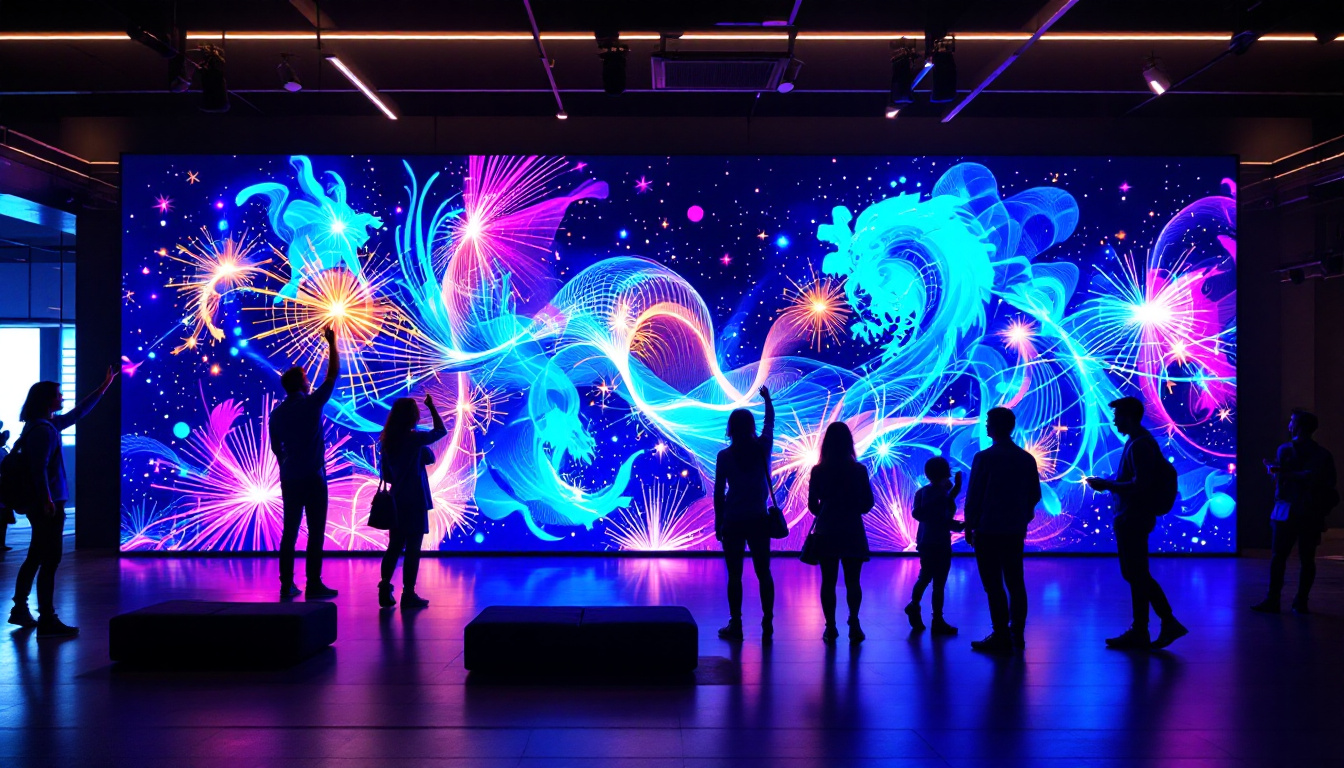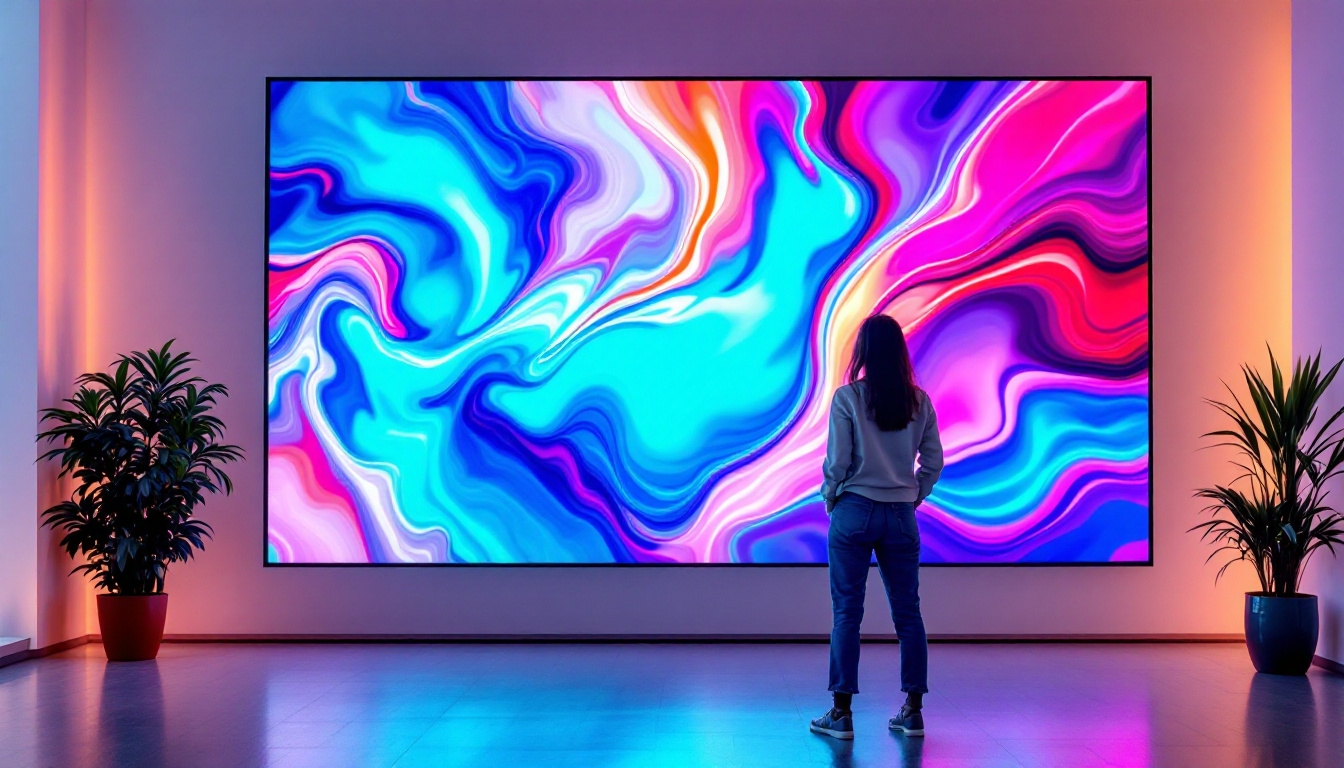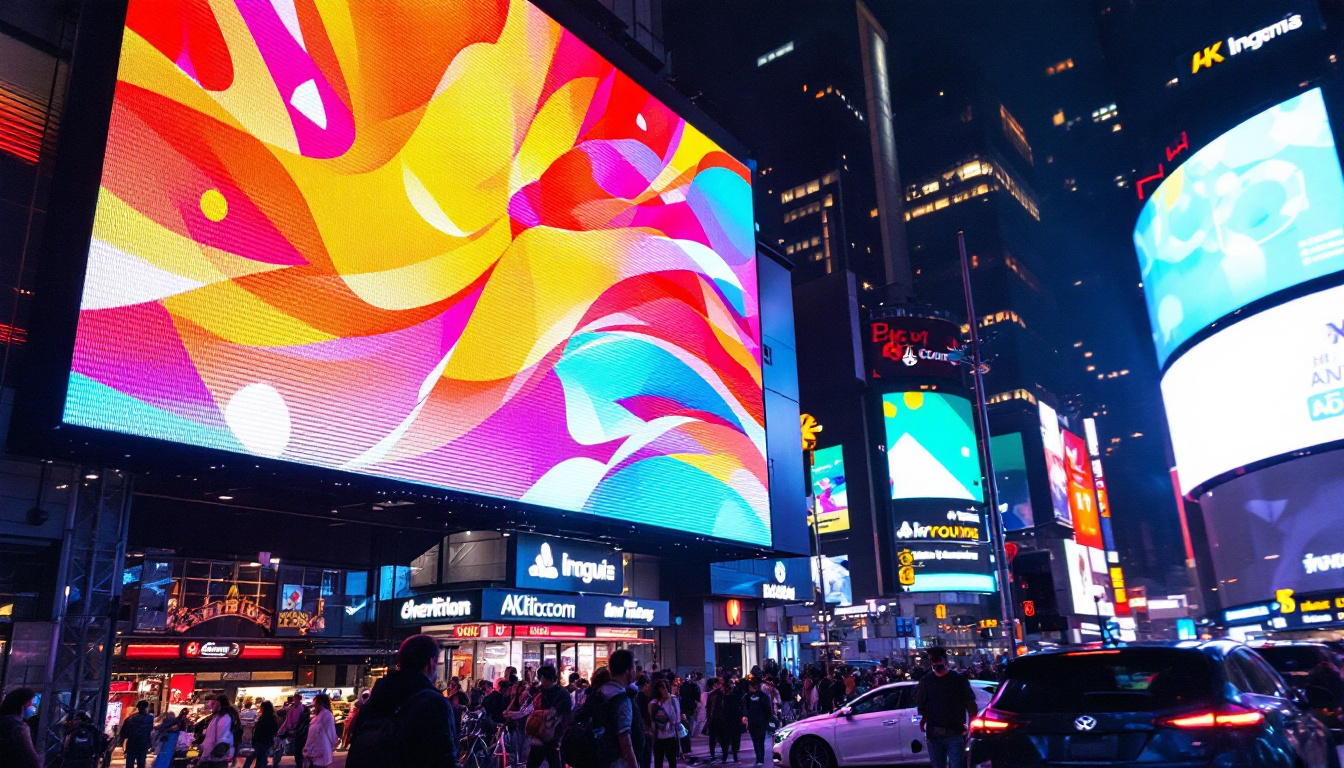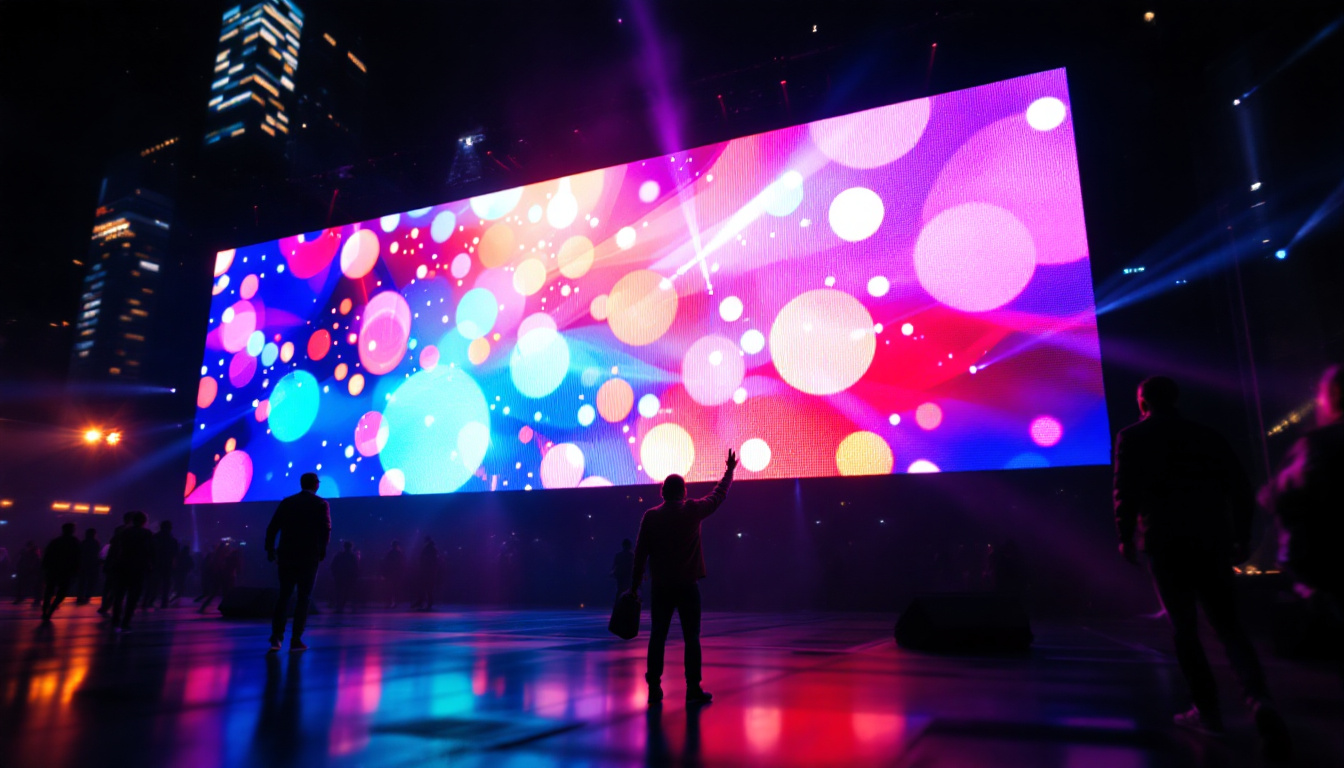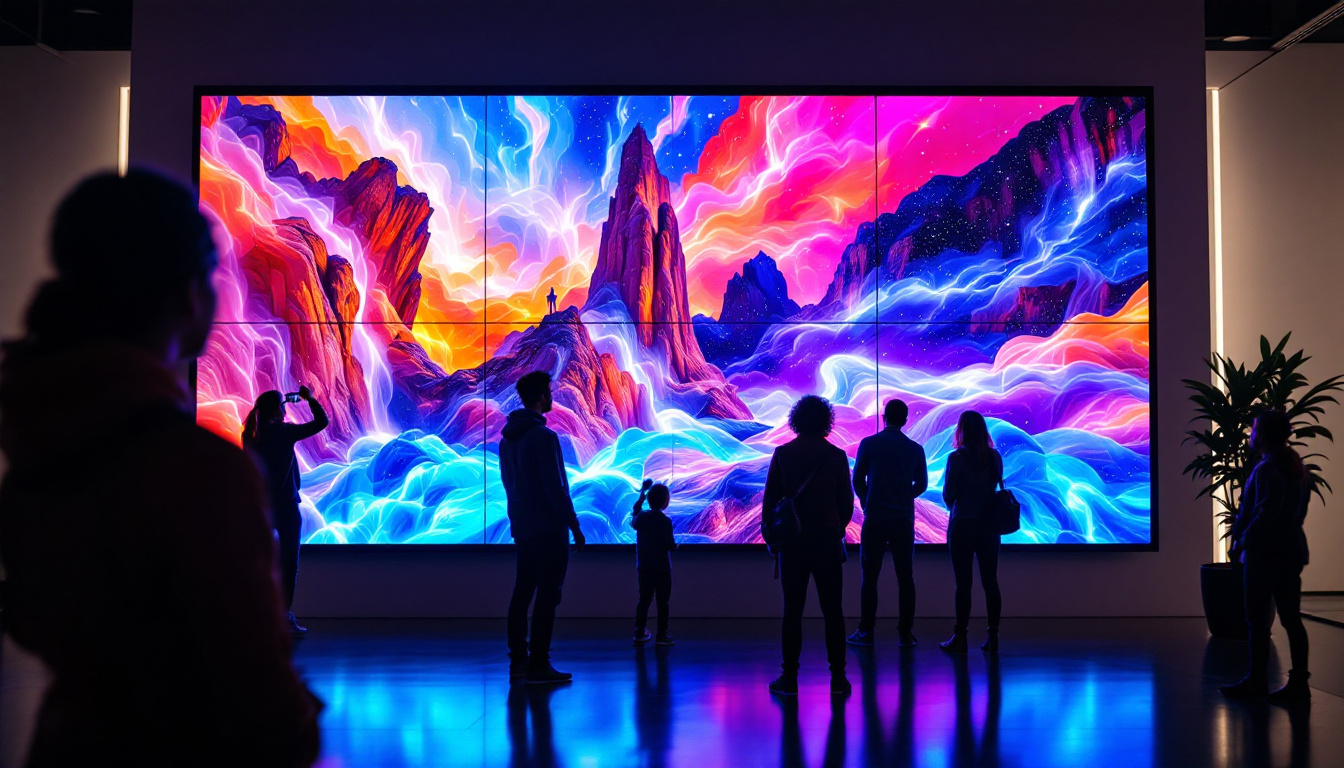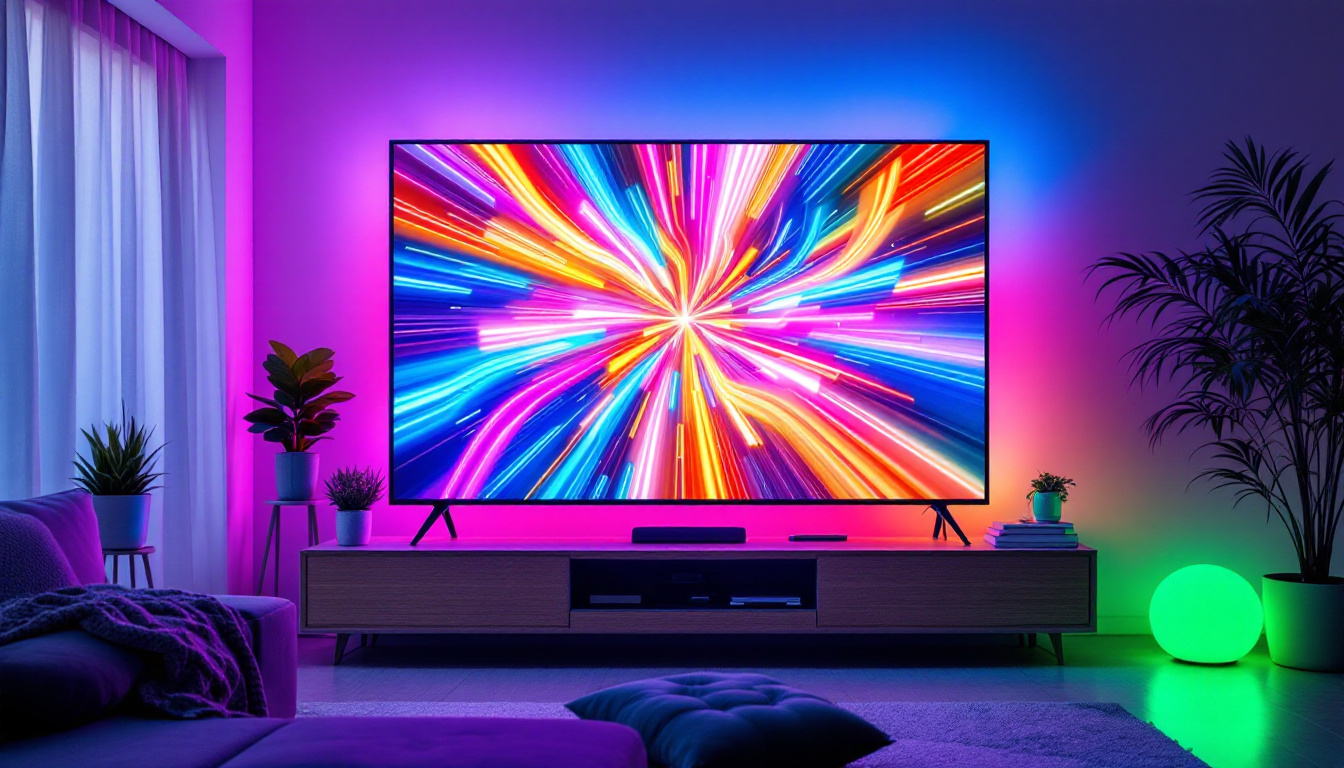In today’s fast-paced world, visual communication has become a cornerstone of effective marketing strategies. Commercial digital signage displays, particularly LED displays, have emerged as a powerful tool for businesses to engage customers, convey information, and enhance their brand presence. This article delves into the intricacies of LED displays, exploring their technology, applications, benefits, and future trends.
Understanding LED Technology
Light Emitting Diodes (LEDs) are semiconductor devices that emit light when an electric current passes through them. This technology has revolutionized the way displays are designed and utilized in commercial settings. Unlike traditional display technologies, LED displays offer superior brightness, energy efficiency, and longevity. The shift to LED technology has not only enhanced visual experiences but has also contributed to significant energy savings, making it an environmentally friendly choice for businesses looking to reduce their carbon footprint.
How LED Displays Work
LED displays consist of an array of tiny LED lights that combine to create images and videos. Each pixel in an LED screen is made up of red, green, and blue (RGB) sub-pixels that can be adjusted to produce a wide spectrum of colors. The ability to control each pixel individually allows for high-resolution images and dynamic content that can capture the attention of passersby. This pixel-level control is particularly advantageous in applications where detail and clarity are paramount, such as in digital signage and high-definition video walls.
The process begins with a digital signal that is sent to the display. This signal is processed by a control system that determines how each pixel should behave. The result is a vibrant and engaging visual experience that can be tailored to the specific needs of a business. Moreover, advancements in LED technology have led to the development of smart LED displays that can integrate with various data sources, allowing for real-time content updates and interactive features that enhance viewer engagement.
Types of LED Displays
There are several types of LED displays used in commercial applications, each designed for specific environments and purposes. The most common types include:
- Indoor LED Displays: These displays are designed for use in controlled environments, such as retail stores and conference rooms. They typically have a higher pixel density, allowing for closer viewing distances and sharper images. Indoor displays often come with advanced features like touch interactivity, enabling businesses to create immersive experiences for customers.
- Outdoor LED Displays: Built to withstand harsh weather conditions, outdoor displays are brighter and more durable. They are often used for advertising billboards and event promotions. These displays are engineered to resist water, dust, and extreme temperatures, ensuring they remain operational even in challenging environments, which is vital for maintaining visibility and effectiveness in outdoor advertising.
- Transparent LED Displays: These innovative displays allow for visibility through the screen while still delivering content. They are ideal for storefronts and exhibitions where maintaining visibility is crucial. Transparent LED technology opens up new possibilities for creative advertising, allowing businesses to blend their displays seamlessly with their physical surroundings while still capturing the attention of potential customers.
Applications of LED Displays
The versatility of LED displays makes them suitable for a wide range of applications across various industries. From retail to transportation, the potential uses are virtually limitless.
Retail and Advertising
In the retail sector, LED displays serve as dynamic advertising platforms that can showcase promotions, new products, and brand messages. Their eye-catching visuals can attract customers and enhance the shopping experience. Many retailers use LED screens to create immersive environments, blending digital content with physical displays to engage shoppers.
Moreover, the ability to update content in real-time allows businesses to respond quickly to market trends, seasonal promotions, or even local events. This flexibility is a significant advantage over traditional static signage. Retailers can also utilize advanced analytics to track customer engagement with specific displays, allowing them to optimize their advertising strategies based on what resonates most with their audience. For instance, a clothing store might showcase a new line of jackets during the fall season, using vibrant visuals and animations to draw attention and drive sales.
Transportation Hubs
Airports, train stations, and bus terminals utilize LED displays for information dissemination. These displays provide real-time updates on schedules, delays, and other important announcements. The clarity and brightness of LED technology ensure that information is easily visible, even in busy and crowded environments.
Additionally, advertising opportunities within transportation hubs have grown, allowing businesses to reach a captive audience waiting for their journeys. This dual functionality enhances both communication and revenue generation. For example, travelers at an airport might see advertisements for local attractions, hotels, or dining options while waiting for their flights, creating a seamless blend of information and marketing. Furthermore, the integration of interactive LED displays can allow passengers to access additional information, such as directions to their gates or nearby amenities, enhancing their overall travel experience.
Corporate Environments
In corporate settings, LED displays are used for presentations, meetings, and internal communications. Large video walls can create an engaging atmosphere for conferences, while smaller displays can be used for information sharing in lobbies and break rooms. The ability to integrate with various software solutions allows for seamless content management and presentation.
Beyond mere presentations, LED displays can serve as powerful tools for fostering collaboration and innovation within teams. Interactive displays enable brainstorming sessions where participants can contribute ideas in real-time, enhancing engagement and creativity. Additionally, companies can use LED displays to showcase key performance indicators (KPIs) and other important metrics, keeping employees informed and motivated. By creating a visually stimulating environment, organizations can promote a culture of transparency and teamwork, ultimately driving productivity and morale.
Benefits of LED Displays
The adoption of LED displays in commercial settings comes with a multitude of benefits that can significantly impact a business’s success.
Energy Efficiency
One of the most notable advantages of LED technology is its energy efficiency. LED displays consume significantly less power compared to traditional display technologies, leading to reduced energy costs. This efficiency not only benefits the environment but also contributes to a company’s bottom line.
Longevity and Durability
LED displays are designed to last, often exceeding 100,000 hours of operational life. This longevity reduces the need for frequent replacements, making them a cost-effective investment for businesses. Furthermore, outdoor LED displays are built to withstand harsh weather conditions, ensuring reliable performance in various environments.
High Visibility and Brightness
LED displays are known for their exceptional brightness, making them easily visible even in direct sunlight. This characteristic is particularly advantageous for outdoor advertising, where visibility is crucial for capturing the attention of potential customers. The vibrant colors and sharp images produced by LED technology enhance the overall visual appeal, making content more engaging.
Challenges and Considerations
While LED displays offer numerous benefits, there are also challenges and considerations that businesses must address when implementing this technology.
Initial Costs
The upfront investment for LED displays can be significant, especially for large installations. Businesses must weigh the initial costs against the long-term savings and benefits. However, with a clear understanding of the return on investment, many companies find that the advantages outweigh the initial expenditure.
Content Management
Effective content management is crucial for maximizing the impact of LED displays. Businesses need to develop a strategy for creating, scheduling, and updating content regularly. This may require dedicated personnel or software solutions to streamline the process. Without proper content management, even the most advanced display can fall short of its potential.
Technical Expertise
Installing and maintaining LED displays may require specialized technical expertise. Businesses should consider partnering with experienced vendors or hiring skilled personnel to ensure proper installation, setup, and ongoing maintenance. This investment in expertise can help avoid technical issues and ensure optimal performance.
Future Trends in LED Displays
The landscape of LED displays is continually evolving, driven by advancements in technology and changing consumer preferences. Several trends are emerging that are likely to shape the future of commercial digital signage.
Integration with IoT
The Internet of Things (IoT) is transforming how businesses operate, and LED displays are no exception. As more devices become interconnected, LED displays can leverage data from various sources to deliver personalized content. For instance, a retail store could use customer data to display targeted promotions based on individual preferences, enhancing the shopping experience.
Interactive Displays
Interactivity is becoming a key feature of modern LED displays. Touchscreen technology and gesture recognition are being integrated into displays, allowing customers to engage with content in real-time. This interactive approach can enhance customer engagement and provide valuable insights into consumer behavior.
Advancements in Resolution and Flexibility
As technology advances, LED displays are becoming increasingly high-resolution and flexible. Fine-pitch LED displays are emerging, offering stunning image quality even at close viewing distances. Additionally, flexible LED screens can be shaped and curved to fit unique spaces, opening up new possibilities for creative installations.
Conclusion
Commercial digital signage displays, particularly LED displays, are revolutionizing how businesses communicate with their audiences. With their superior technology, versatility, and numerous benefits, LED displays have become an essential tool for effective marketing and information dissemination. As businesses continue to embrace this technology, understanding its applications, advantages, and future trends will be crucial for maximizing its potential.
In a world where visual communication is paramount, investing in LED displays can provide a competitive edge, enhance customer engagement, and drive business success. As the technology continues to evolve, staying informed and adapting to new trends will ensure that businesses remain at the forefront of digital signage innovation.
Discover LumenMatrix LED Display Solutions
Ready to elevate your visual communication strategy with cutting-edge LED technology? Look no further than LumenMatrix, a pioneer in crafting immersive and dynamic LED display modules tailored to your unique needs. From vibrant Indoor LED Walls to robust Outdoor displays, and from sleek LED Posters to customizable solutions, LumenMatrix offers a comprehensive range of products designed to captivate your audience and amplify your message. Embrace the future of digital signage and check out LumenMatrix LED Display Solutions today to transform your brand’s visual impact.

